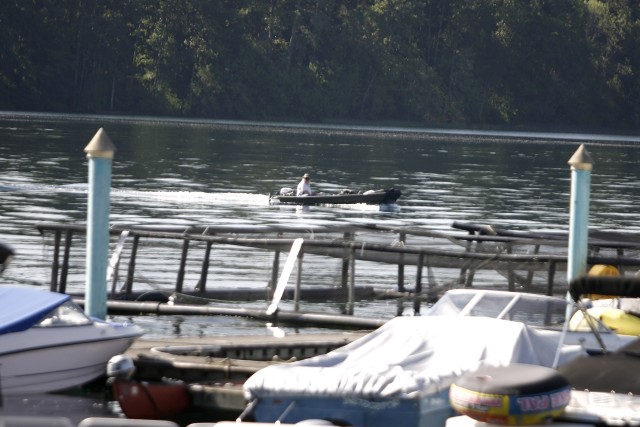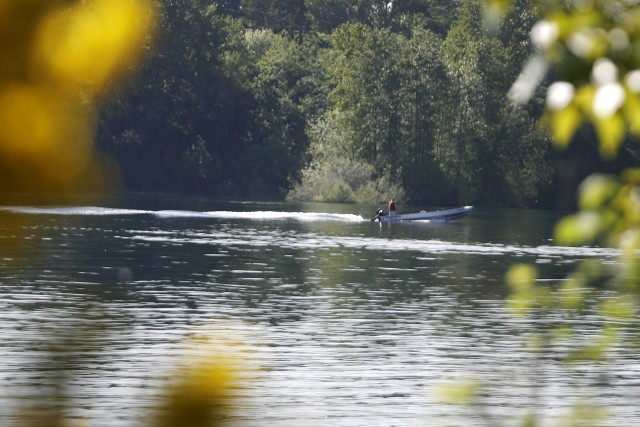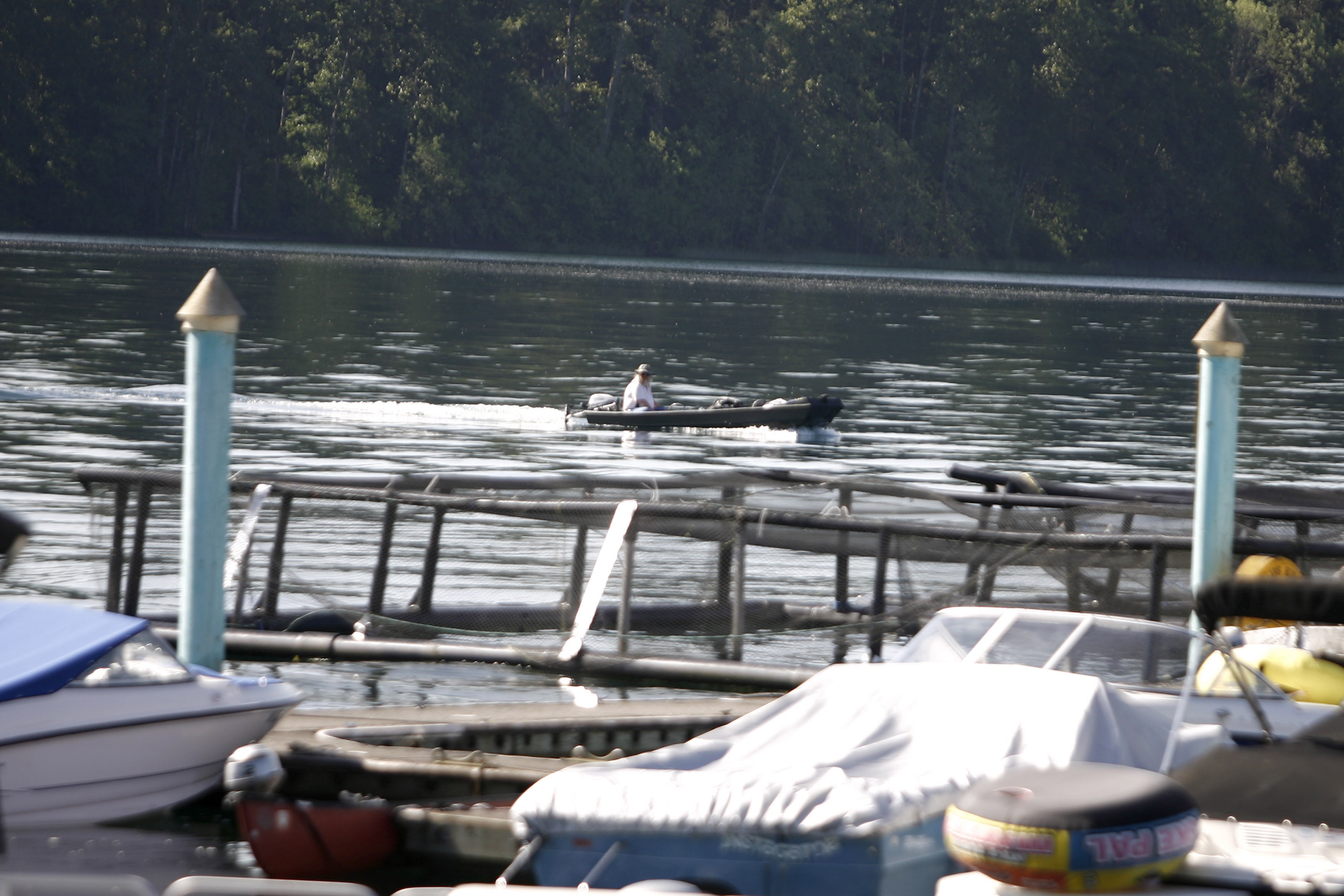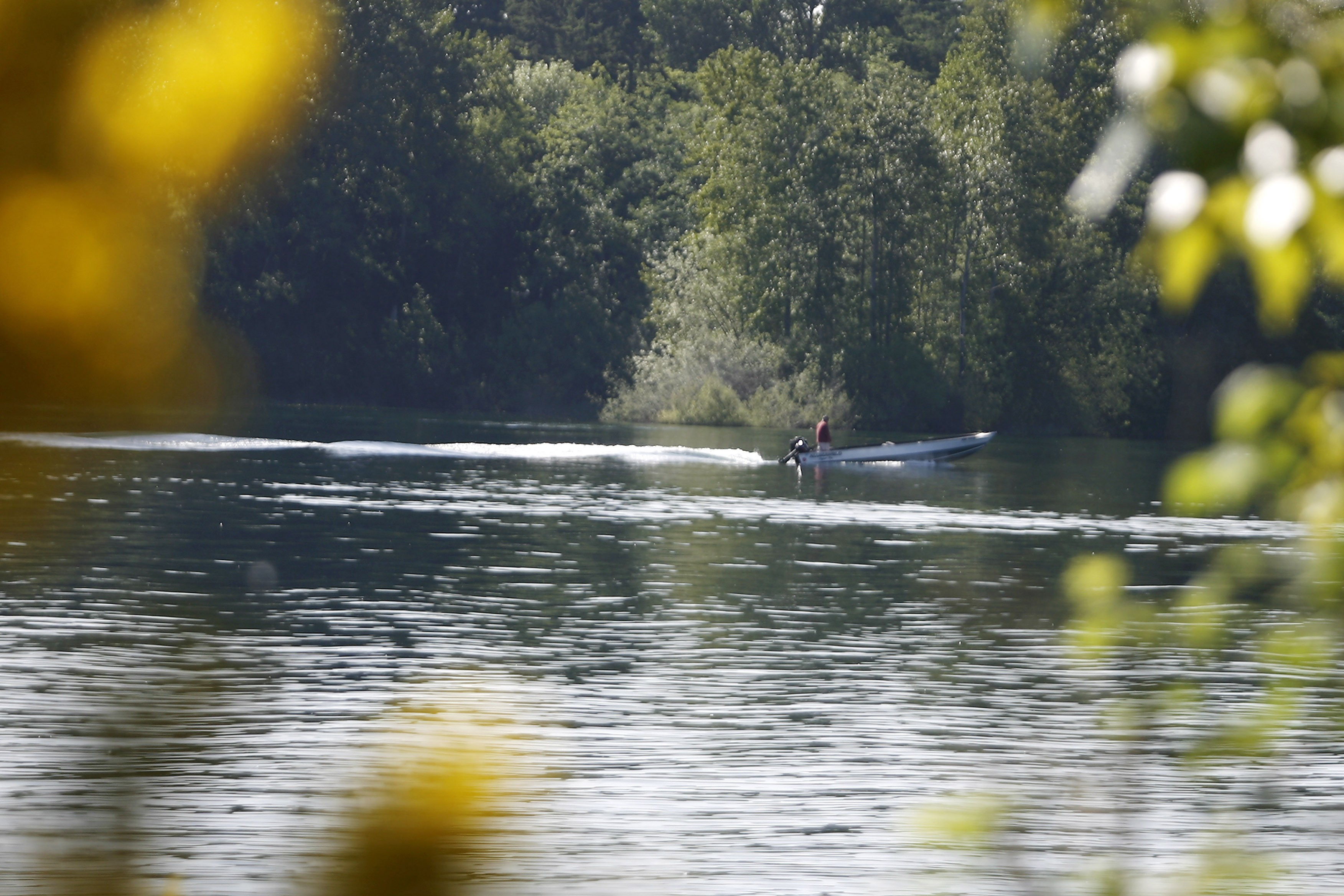FORT LEWIS, Wash. - On May 17, nine Fort Lewis Soldiers and a child spent the afternoon rafting down the Nisqually River in Thurston County. As the current picked up speed and the three rafts pushed against a pile of logs, they capsized. Everyone but Pfc. Robert Wheatley Jr., 2nd Battalion, 12th Field Artillery Regiment, 4th Infantry Brigade, made it to the shore.
Over the last 10 years, the Army has suffered 95 water-related accidents involving one or more Soldier fatalities, according to Fort Lewis Safety Installation Officer Pete Strohm.
"(Fort Lewis has) sustained relatively few water-related incidents over the years in spite of the abundance of water in the Pacific Northwest," Strohm said. "However, recent local losses remind us that the hazard is always present in our region."
Warming weather might be pleasant, but it brings the need to be more vigilant near the water. The summer sun draws a large number of excited residents, tired of the winter rain, to local rivers, beaches and lakes. American Lake on Fort Lewis provides Soldiers and their families with an inexpensive getaway where children can splash around in the water and parents can test out their boating skills.
"During the week, we probably go through about 65 (boat) rentals," said Larry Green, the supervisor for Russell Landing Marina.
The marina rents out boats ranging from canoes, for $20 a day, to a 24-foot pontoon, for between $160 and $200 a day. Renters must be over the age of 18 and be military ID card holders, retirees or Department of Defense civilians.
According to the U.S. Coast Guard, small-boating accidents are the most frequent cause of water fatalities across the nation. Marina employees are keeping Fort Lewis boaters safe by requiring renters to hold boater safety cards, which are issued at the Russell Landing Marina or the Northwest Adventure Center after watching a 30-minute safety film.
Life jackets must be worn at all times, even when the boats are not moving.
"It is likely that 80 percent of those who died could have survived had they been wearing an approved personal flotation device," Strohm said.
Not wearing a life jacket is only one of many factors in drowning fatalities. Other causes include a lack of pool barriers, limited supervision and difficult water conditions.
The Washington State Department of Health recorded 84 drowning fatalities in Washington in 2007. Twelve took place in Pierce County. The highest death rates, according to the most recent statistics recorded by the Department of Health, were among males, ages 15-24 and over 84.
Strohm said the chief precautions people can take to protect themselves around the water include learning how to swim and avoiding operating a watercraft or swimming while under the influence of drugs or alcohol.
Public health studies, Strohm said, have shown that 40 percent of the general population have limited-to-no swimming ability. Fort Lewis' Kimbro Pool offers 35-minute summer swimming lessons. Sessions, which start July 6 and Aug. 3, are offered Monday through Thursday and are available to children up to age 15.
"Opportunities to learn to swim abound during the summer," he said. "If you are a parent, consider it a duty to your child."
Kelly McGrath is a reporter with Fort Lewis' Northwest Guardian.




Social Sharing